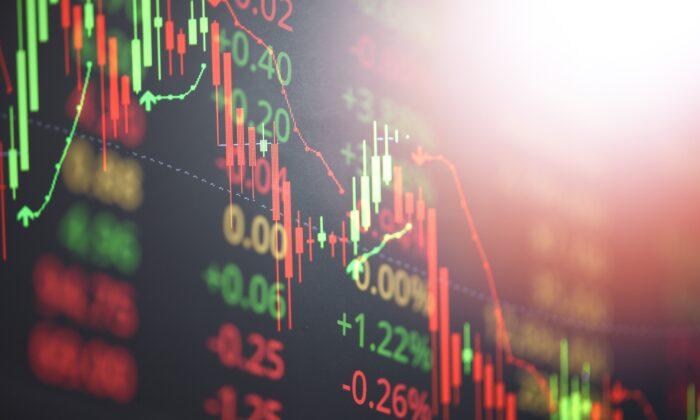A leading economic indicator fell to its lowest level in 28 months, as signs point to a recession later this year.
The downturn marked its largest single-month decline since April 2020, when the pandemic and the resulting lockdowns slammed the American economy.
“The U.S. LEI fell to its lowest level since November of 2020, consistent with worsening economic conditions ahead,” said Justyna Zabinska-La Monica, senior manager, Business Cycle Indicators, at The Conference Board.
The LEI tumbled 4.5 percent over the six-month period between September 2022 and March 2023, a more rapid drop over the 3.5 percent from the previous six-month period.
“The weaknesses among the index’s components were widespread in March and have been so over the past six months, which pushed the growth rate of the LEI deeper into negative territory. Only stock prices and manufacturers’ new orders for consumer goods and materials contributed positively over the last six months,” said Zabinska-La Monica.
The index has been signaling a recession for some time, but now it appears only months away.
Economic Indicatiors Suggest a Slowdown
The LEI is a gauge of 10 indicators designed to show whether the economy is getting better or worse. Seven out of the 10 indicators tracked by the Conference Board fell in February.Out of the 10 indicators that make up the index, only two—manufacturing orders and the stock market—barely moved into positive territory.
The Conference Board’s measure of current economic conditions, the Coincident Economic Index (CEI), rose 0.2 percent in March.
A US Recession Is Around the Corner
The April report indicates that although the U.S. economy has slowed overall, it is still growing for now.Economists hope that the Federal Reserve’s strategy of rapidly raising interest rates will be finished soon, as rates and recent stress on the U.S. banking system has caused a slowdown in spending and borrowing.
This has in turn spurred an increase in layoffs, which has only pushed the economy increasingly toward a recession.
For now, the economy has defied previous predictions of an impending recession, with recent hiring data showing that the job market is holding up better than expected and unemployment levels at near historical lows.
However, LEI data for March showed rather disappointing results, with few of the positive economic indicators that were seen in previous months.





